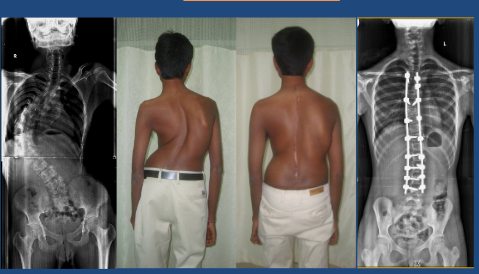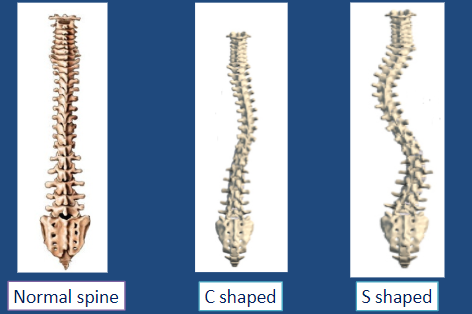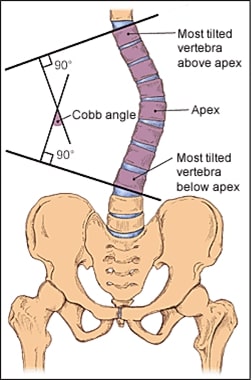Correction of Spinal Deformities
Spinal deformities can occur across all age groups, from early childhood to old age. We specialize in addressing congenital scoliosis in pediatric patients, starting from as young as 1-2 years old up to adolescence. Dr. Jalaj, a renowned spine surgeon based in Jaipur, India, places significant importance on restoring both global and regional spinal balance. Our surgical procedures integrate state-of-the-art spinal cord monitoring techniques overseen by neurophysiologists in the operating rooms, ensuring the utmost levels of patient safety. Navigation technology is also employed for intricate deformities, enhancing precision and effectiveness in treatment.
We specialize in treating a wide range of conditions, including
Additionally, we have extensive experience in managing elderly patients who develop degenerative scoliosis due to age-related factors and osteoporosis.

SCOLIOSIS
Scoliosis, characterized by abnormal sideward curvature of the spine, stems from diverse causes. Around 30% of cases have a genetic origin. It's important to note that factors like heavy school bags or posture issues don't cause scoliosis, contrary to common belief. Based on the cause, scoliosis is categorized as

Symptoms
Common symptoms of scoliosis include.
It's worth noting that pain is relatively rare in scoliosis, especially in mild to
moderate cases.
Treatment Options For Scoliosis
Treatment options for scoliosis depend on factors such as the severity of the curvature, the age of the patient, and the potential for further progression. Here are common treatment options:
- Observation with periodic evaluation: For mild cases or cases where the curvature is not expected to progress significantly, regular monitoring by a healthcare provider may be sufficient.
- Bracing: Bracing is often recommended for moderate scoliosis, particularly in growing children and adolescents. The brace helps prevent further progression of the curvature as the spine continues to develop.
- Physiotherapy: Physical therapy can help improve flexibility, strengthen muscles, and correct posture. It is often used in conjunction with bracing or as a standalone treatment for mild cases.
- Surgical deformity correction: In severe cases of scoliosis, especially when the curvature is progressing rapidly or causing significant deformity, surgical intervention may be necessary. The goal of surgery is to correct the curvature and stabilize the spine using various techniques such as spinal fusion, instrumentation, or vertebral body tethering.

